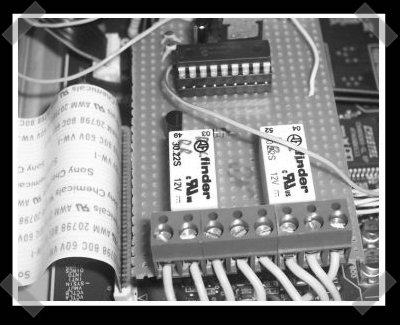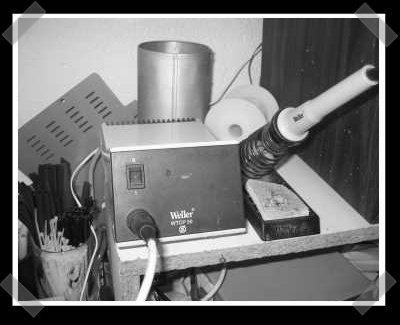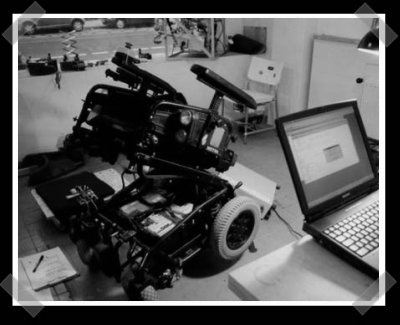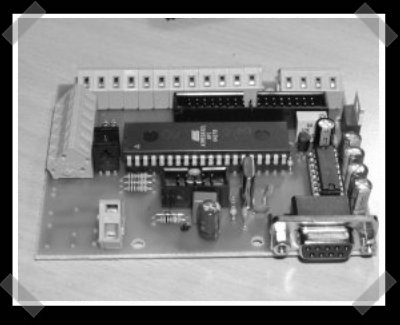
[Jkx] sent in his fonera SD card experiments. It looks similar to the wrt54g mod – bit banging the interface works, but it’ll be slow. I poked around [Jkx] site and found quite a few goodies. (We’ve noticed his He’s built a nice tube amp, but his push-pull tube amp looks very interesting. Oh, and his simple negative power supply could prove handy,
Year: 2007
Forced Air Laptop Cooling

We’ve seen some exotic laptop cooling solutions before. This one caught my eye for one reason – I’ve got an e1705 myself. (Complete with chipping media button paint). It’s not the most stylish, but [WhiskeySix] combined some PVC pipe and an adjustable high flow fan to give his dell a major airflow upgrade. I’d like to see one built that mates to the exhaust ports on the rear. Sure, it’s not pretty, but he was able to increase his frame rate by 50%. Thanks to [Wimpinator] for the tip.
Serial Port Power Booster

This one(coral cache) is a bit of a head slapper, but I thought it might come in handy. Laptop (or usb) serial ports are pretty notorious for being stingy on power output. [Roberto] came up with a clever solution. He used a MAX205 (sort of a double+ MAX232) and a singe capacitor to convert the low power serial connection on his laptop to a TTL signal and back again to RS-232. The result is a simple dongle that needs 5v and gives you a high power serial port for those power hungry devices – like [Roberto]’s PIC programmer.
Aux Stereo Receiver Controls

[Bob van loosen] added a remote learning circuit made from a PIC 16F84A to his Onkyo receiver – which happens to have remote buttons and a ttl control link for external devices. The PIC listens to the remote link on the receiver. By grounding a pin, it will learn the next remote command that’s received. In this case, he uses it to swap the left/right front/rear signals to gain proper speaker orientation when he switches between his TV and Computer. This would make an entertaining external dongle if you combined it with a smoke generator…
Soldering Iron Indicator Mod

At first glance, [sprite_tm]s weller mod seemed a bit trivial. In reality, it’s like art with analog electronics. He wanted to add an indicator light for the heating element. To pull it off, he built a funky diode capacitor circuit to create a pseudo-regulated DC voltage, then used a zener diode, a potentiometer and a transistor to make a simple voltage switch that activates a transistor driven LED.
Line Following Wheel Chair

[Niklas Roy] sent in probably one of the largest line following robots ever built. The Gallerydrive project is used to move visitors around an art gallery. It can follow either a black or white line. It also has a touchscreen display for displaying information about the art which is read from RFID tags. Niklas has a full diary of the build on his site with everything you need to build your own.
DIY Beamer Control

I was poking around the lumenlab forums and ran across this nice little project. It’s designed specifically for diy projectors. I settled for a simple thermal switch for my cooling, but this provides temperature monitoring/protection, dual fan control, lamp hour counter, serial interface and optional LCD controls. Everything you need to build your own is there, but it’s mostly in german.
Now I’m outta here – I’m going scuba diving.










